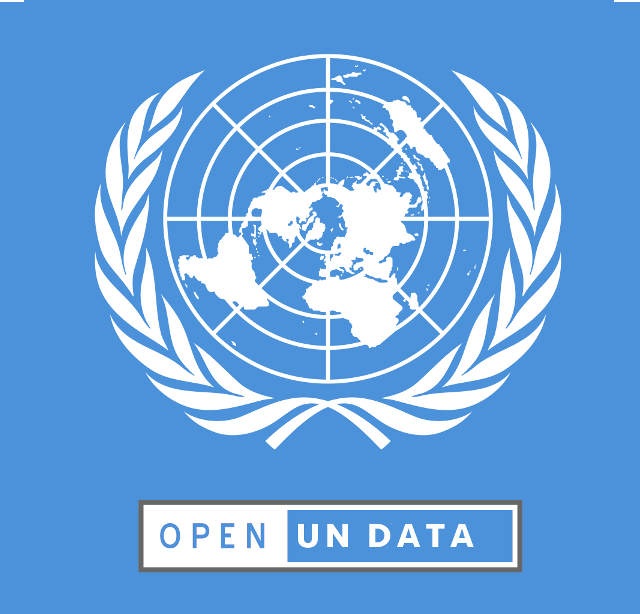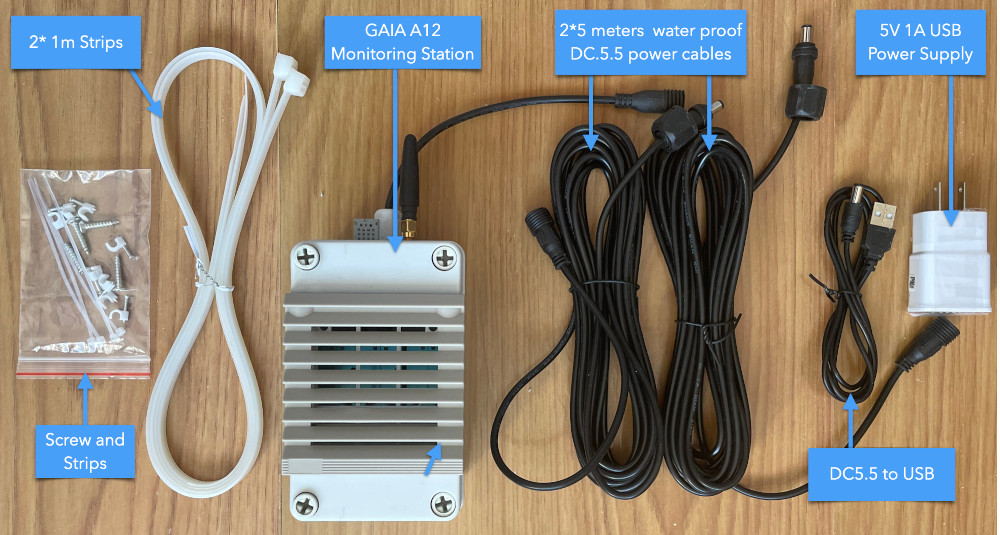Since the beginning, the World Air Quality Index (WAQI) project team has always been keen on providing a transparent Air Quality Information to the world citizens.
United Effort
The WAQI project has also always been keen on providing historical Air Quality Data to relevant institutions and organizations working in the area of environmental awareness, air quality monitoring, as well as health and epidemiological studies. Here are few of our partners and colleagues to which we have been providing historical air quality data information:



































































United Framework
In order to make the historical air quality data dissemination even more relevant, the World Air Quality Index team has been investigating with the most relevant international institutions the possibility to setup an open data framework. Here are a few of the institutions we have engaged:
- WHO - WHO: World Health Organization
- UNEP - UNEP: United Nation Environmental Program
- UNIDO - UNIDO: United Nation Industrial Development Organization
- WMO - WMO: World Meteorological Organization
- GEO - GEO: Group on Earth Observations
- WRI - WRI: World Resource Institute
- CCAC - CCAC: Climate & Clean Air Coalition
- UNFCCC - UNFCCC: United Nations Framework Convention on Climate Change
United Data
The objective of the "Open Data Framework" is to provide unlimited and free access the world historical and real-time Air Quality data from the 100+ countries covered on aqicn.org and waqi.info
Everyone - both institutions as well as citizens - agrees that this is not only a good idea, but that it should just happen.




